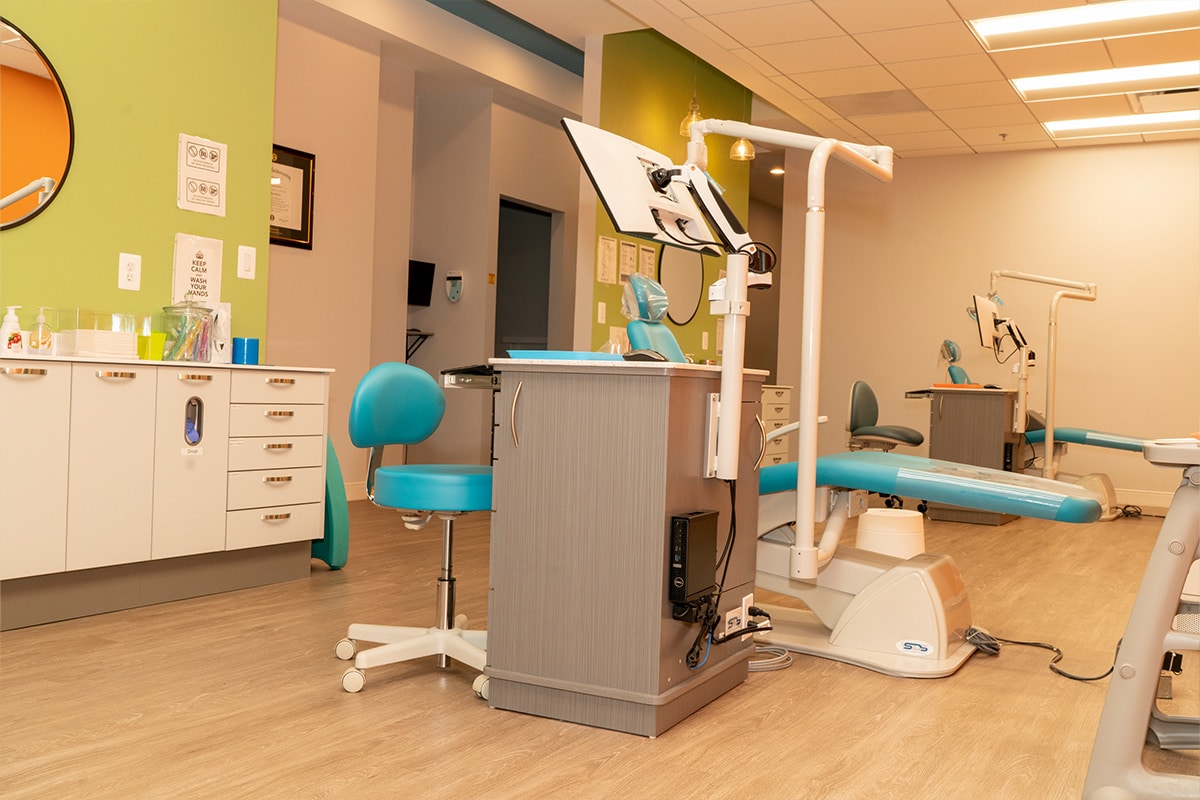
We offer varying levels of sedation dentistry to provide children with pain relief and relaxation during treatment. Patients are usually awake with the exception of those who are under general anesthesia.
Regardless of which type of sedation you receive, your child may also need a local anesthetic — numbing medication at the site where the dentist is working in the mouth — to relieve pain if the procedure causes any discomfort.
Nitrous Oxide
Nitrous oxide, sometimes referred to as “laughing gas,” is an effective and safe sedation agent that is inhaled through a mask that fits over your child’s nose. Mixed with oxygen, nitrous oxide allows the patient to breathe normally through their nose, and within minutes they should start to feel the effects. They may feel light-headed or notice a tingling in their arms and legs. Some patients comment that their legs and arms feel heavy. Ultimately, they should feel comfortable and calm. The effects of nitrous oxide wear off quickly after the mask is removed. Talk to the doctor about whether nitrous oxide would be a good option for your child.
General Anesthesia / Hospital Dentistry
IV Sedation, also called general anesthesia, uses medications to allow the patient to go to sleep while receiving dental treatment. Patients with high levels of anxiety or with special needs may benefit from IV Sedation. General anesthesia can also be a good option for patients with extensive tooth decay or for patients who are undergoing surgical dental procedures. The doctor can discuss the risks and benefits of general anesthesia to help you decide if this is a good choice for your child.
Looking for a practice in
